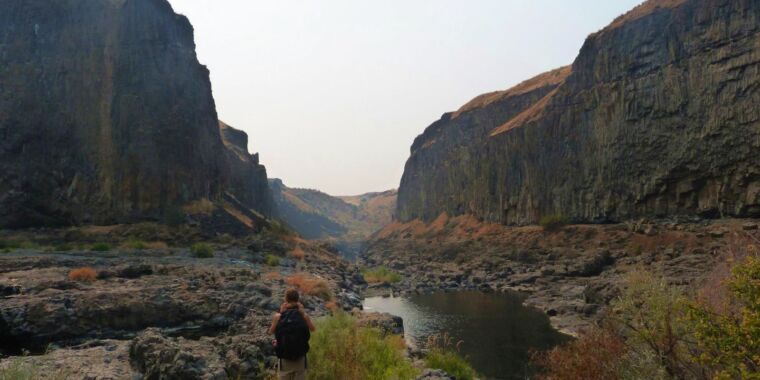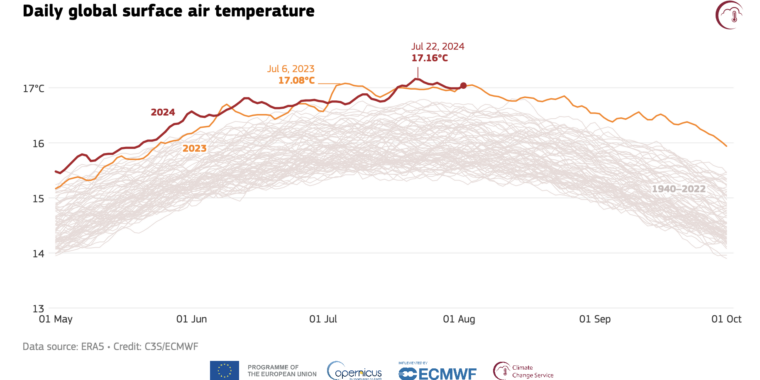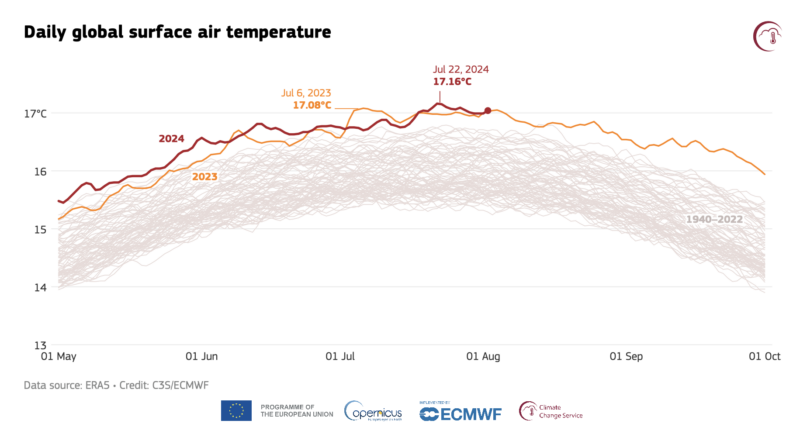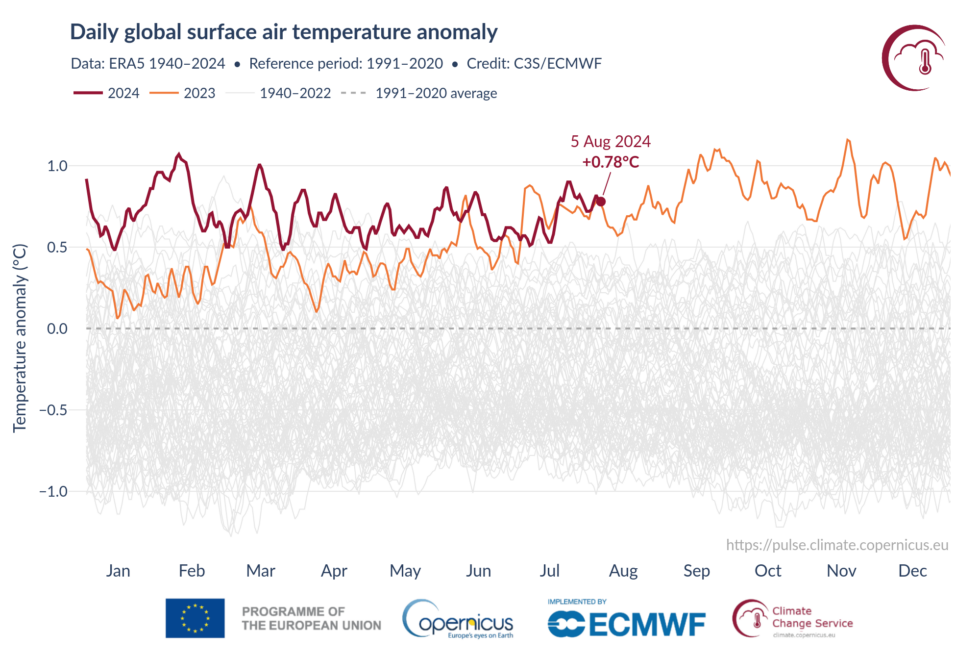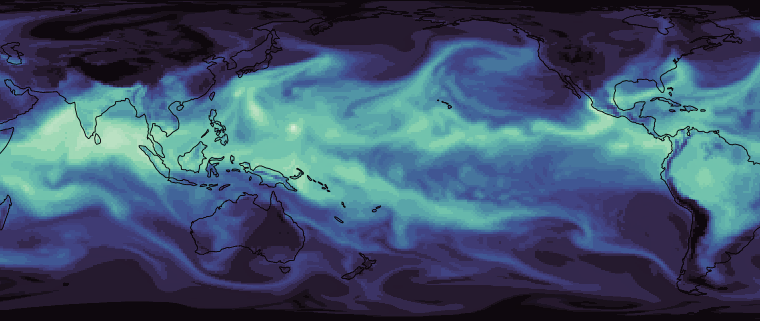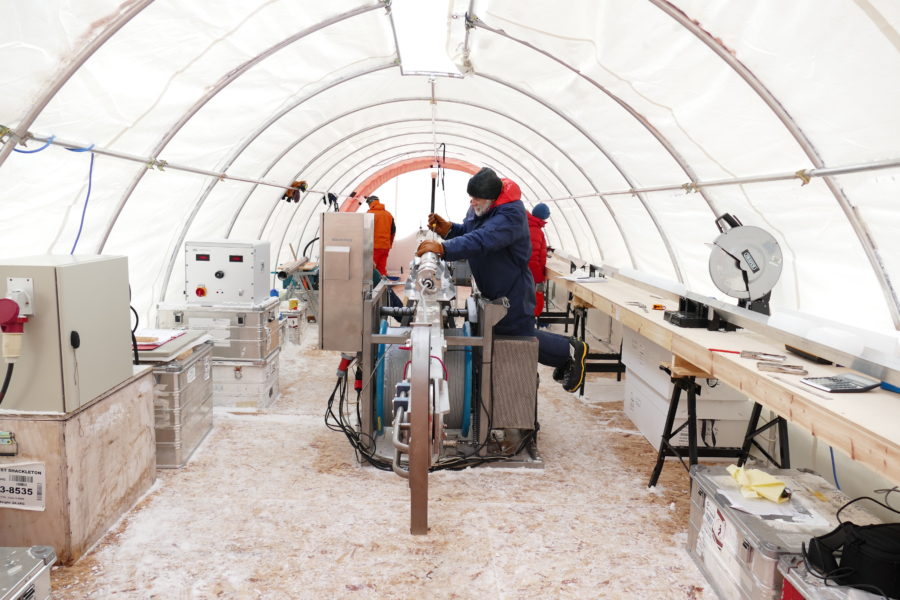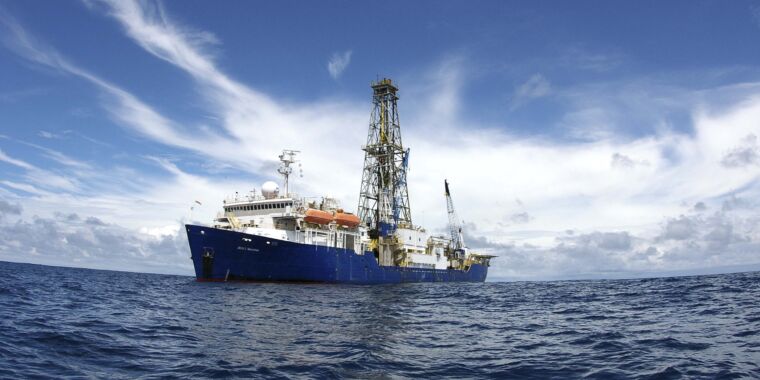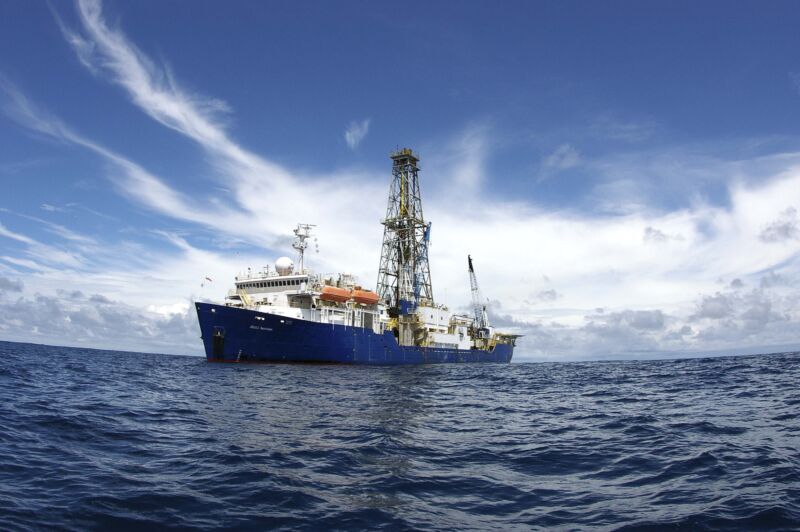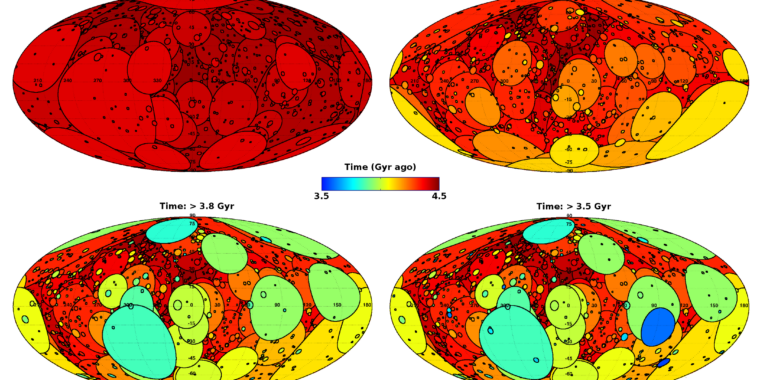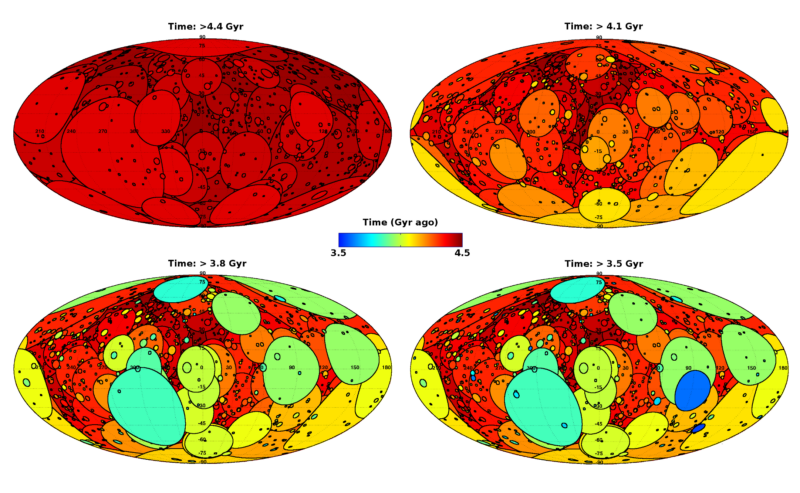How did volcanism trigger climate change before the eruptions started?

Enlarge / Loads of lava: Kasbohm with a few solidified lava flows of the Columbia River Basalts.
Joshua Murray
As our climate warms beyond its historical range, scientists increasingly need to study climates deeper in the planet’s past to get information about our future. One object of study is a warming event known as the Miocene Climate Optimum (MCO) from about 17 to 15 million years ago. It coincided with floods of basalt lava that covered a large area of the Northwestern US, creating what are called the “Columbia River Basalts.” This timing suggests that volcanic CO2 was the cause of the warming.
Those eruptions were the most recent example of a “Large Igneous Province,” a phenomenon that has repeatedly triggered climate upheavals and mass extinctions throughout Earth’s past. The Miocene version was relatively benign; it saw CO2 levels and global temperatures rise, causing ecosystem changes and significant melting of Antarctic ice, but didn’t trigger a mass extinction.
A paper just published in Geology, led by Jennifer Kasbohm of the Carnegie Science’s Earth and Planets Laboratory, upends the idea that the eruptions triggered the warming while still blaming them for the peak climate warmth.
The study is the result of the world’s first successful application of high-precision radiometric dating on climate records obtained by drilling into ocean sediments, opening the door to improved measurements of past climate changes. As a bonus, it confirms the validity of mathematical models of our orbits around the Solar System over deep time.
A past climate with today’s CO2 levels
“Today, with 420 parts per million [of CO2], we are basically entering the Miocene Climate Optimum,” said Thomas Westerhold of the University of Bremen, who peer-reviewed Kasbohm’s study. While our CO2 levels match, global temperatures have not yet reached the MCO temperatures of up to 8° C above the preindustrial era. “We are moving the Earth System from what we call the Ice House world… in the complete opposite direction,” said Westerhold.
When Kasbohm began looking into the link between the basalts and the MCO’s warming in 2015, she found that the correlation had huge uncertainties. So she applied high-precision radiometric dating, using the radioactive decay of uranium trapped within zircon crystals to determine the age of the basalts. She found that her new ages no longer spanned the MCO warming. “All of these eruptions [are] crammed into just a small part of the Miocene Climate Optimum,” said Kasbohm.
But there were also huge uncertainties in the dates for the MCO, so it was possible that the mismatch was an artifact of those uncertainties. Kasbohm set out to apply the same high-precision dating to the marine sediments that record the MCO.
A new approach to an old problem
“What’s really exciting… is that this is the first time anyone’s applied this technique to sediments in these ocean drill cores,” said Kasbohm.
Normally, dates for ocean sediments drilled from the seabed are determined using a combination of fossil changes, magnetic field reversals, and aligning patterns of sediment layers with orbital wobbles calculated by astronomers. Each of those methods has uncertainties that are compounded by gaps in the sediment caused by the drilling process and by natural pauses in the deposition of material. Those make it tricky to match different records with the precision needed to determine cause and effect.
The uncertainties made the timing of the MCO unclear.

Enlarge / Tiny clocks: Zircon crystals from volcanic ash that fell into the Caribbean Sea during the Miocene.
Jennifer Kasbohm
Radiometric dating would circumvent those uncertainties. But until about 15 years ago, its dates had such large errors that they were useless for addressing questions like the timing of the MCO. The technique also typically needs kilograms of material to find enough uranium-containing zircon crystals, whereas ocean drill cores yield just grams.
But scientists have significantly reduced those limitations: “Across the board, people have been working to track and quantify and minimize every aspect of uncertainty that goes into the measurements we make. And that’s what allows me to report these ages with such great precision,” Kasbohm said.
How did volcanism trigger climate change before the eruptions started? Read More »
